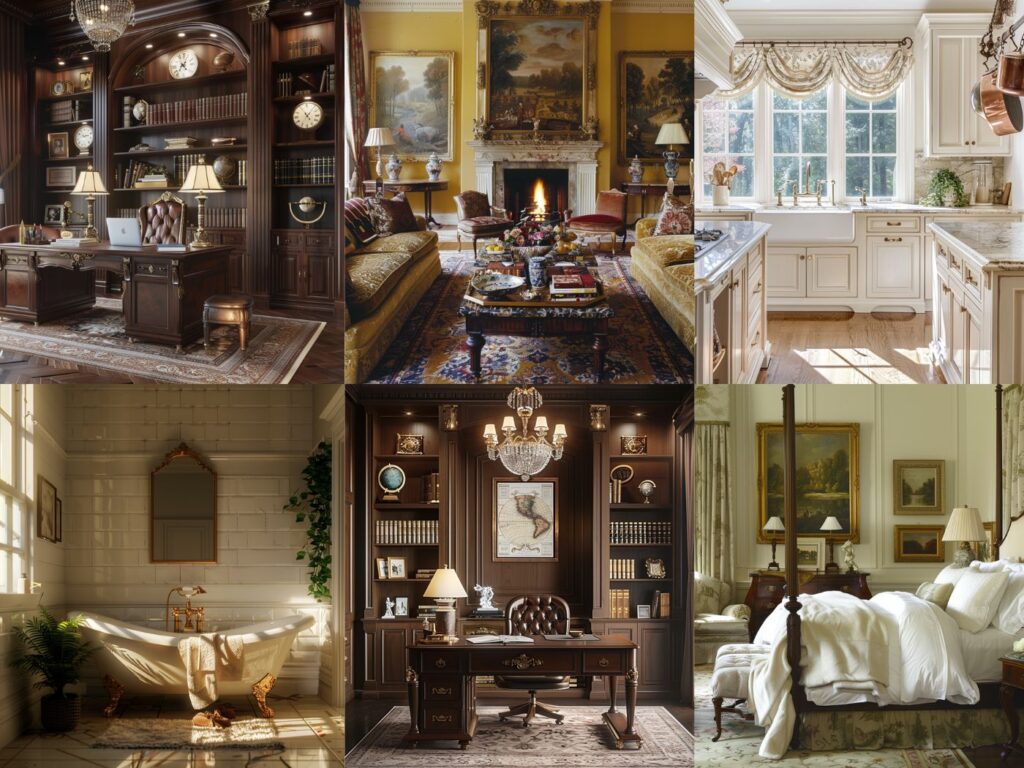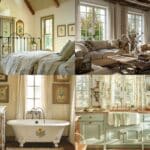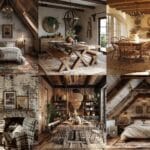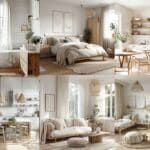Are you yearning for a home that exudes timeless elegance and comfort? Traditional interior design may well be just what you’re looking for. This classic style, rooted in 18th and 19th-century European decor, offers a perfect blend of sophistication and warmth, making any space feel inviting yet refined.
Imagine walking into a room where rich wood furnishings, intricate moldings, and plush fabrics create an atmosphere of understated luxury. Traditional design isn’t just about aesthetics; it’s about creating a living space that feels both familiar and sophisticated.
Whether you’re redesigning a single room or your entire home, embracing traditional interior design can transform your space into a haven of elegance and charm.
Top 19 Traditional Interior Design Ideas And Styles
#1. Traditional Study Room Table
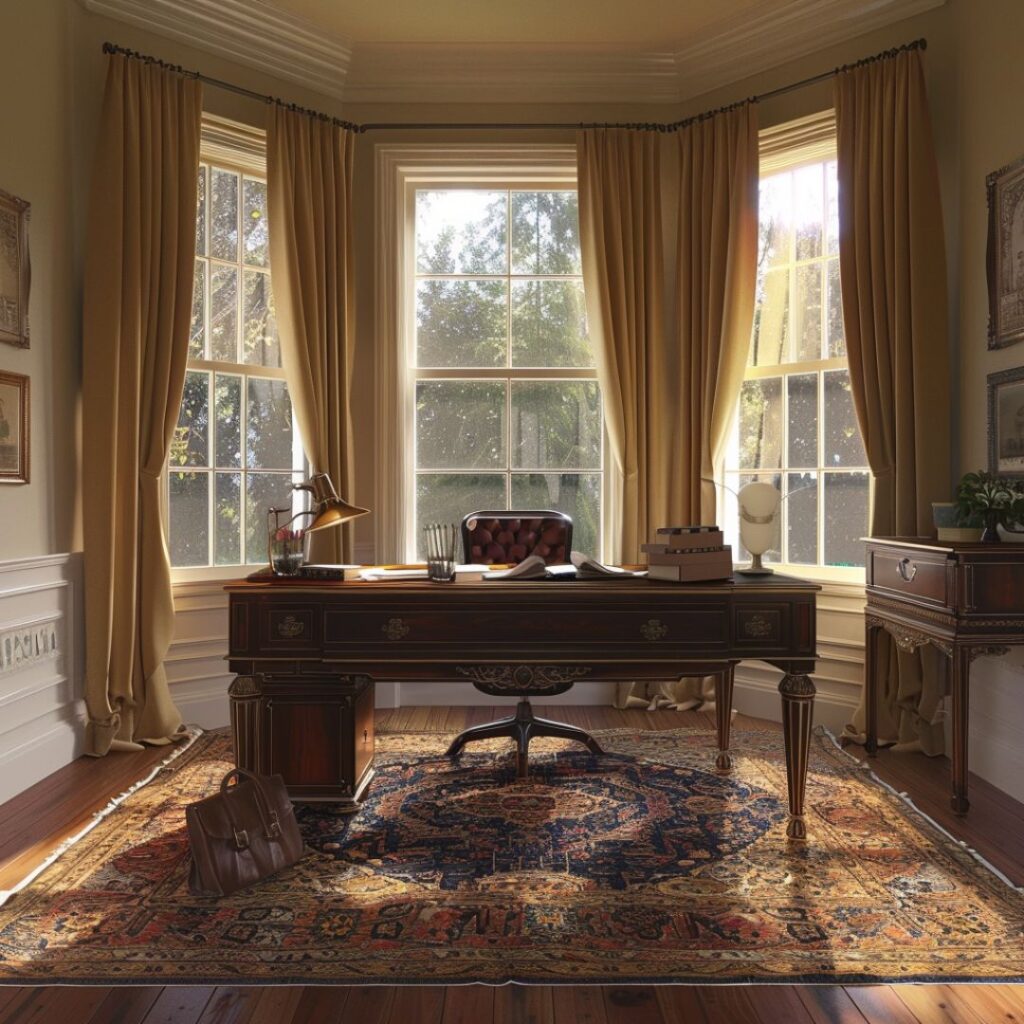
#2. Traditional Study Room Style

#3. Traditional Study Room Light
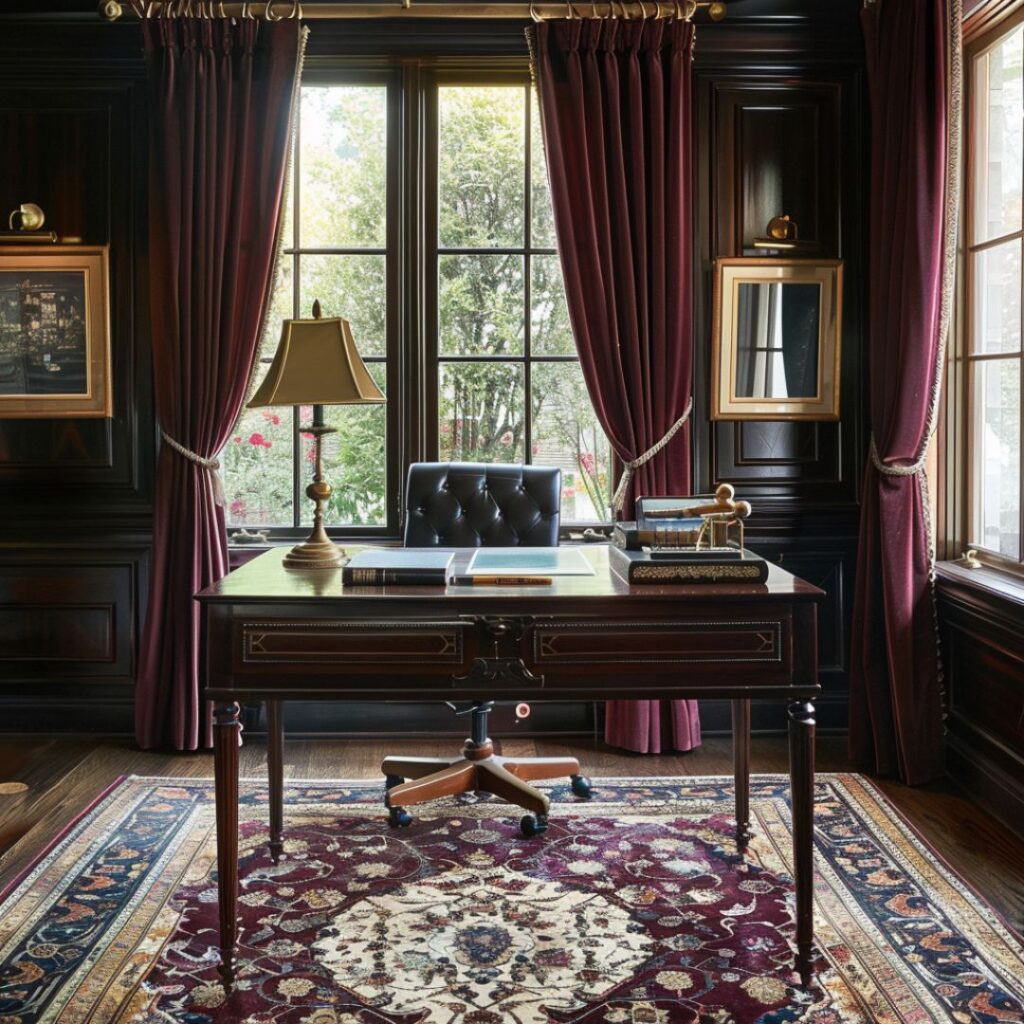
#4. Traditional Study Room Desk
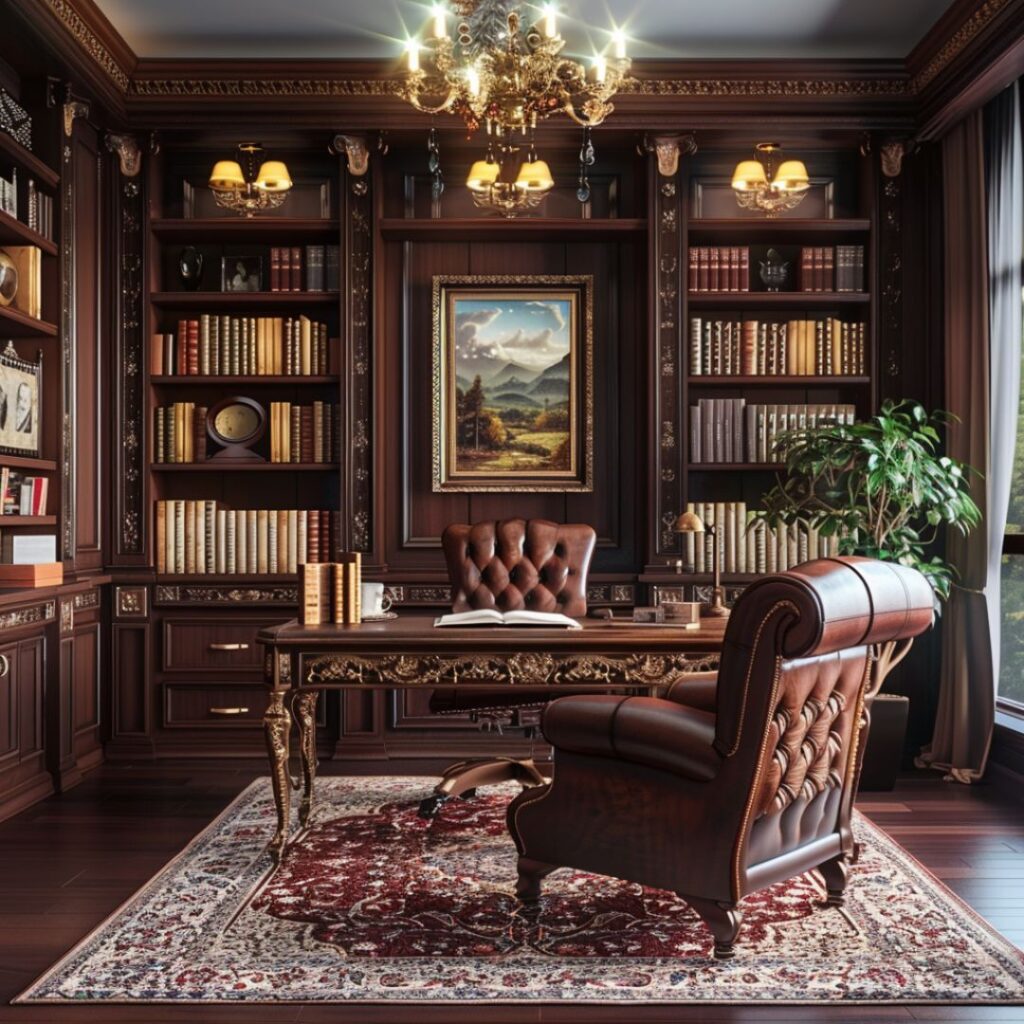
#5. Traditional Study Room Design

#6. Traditional Living Room Interior Design
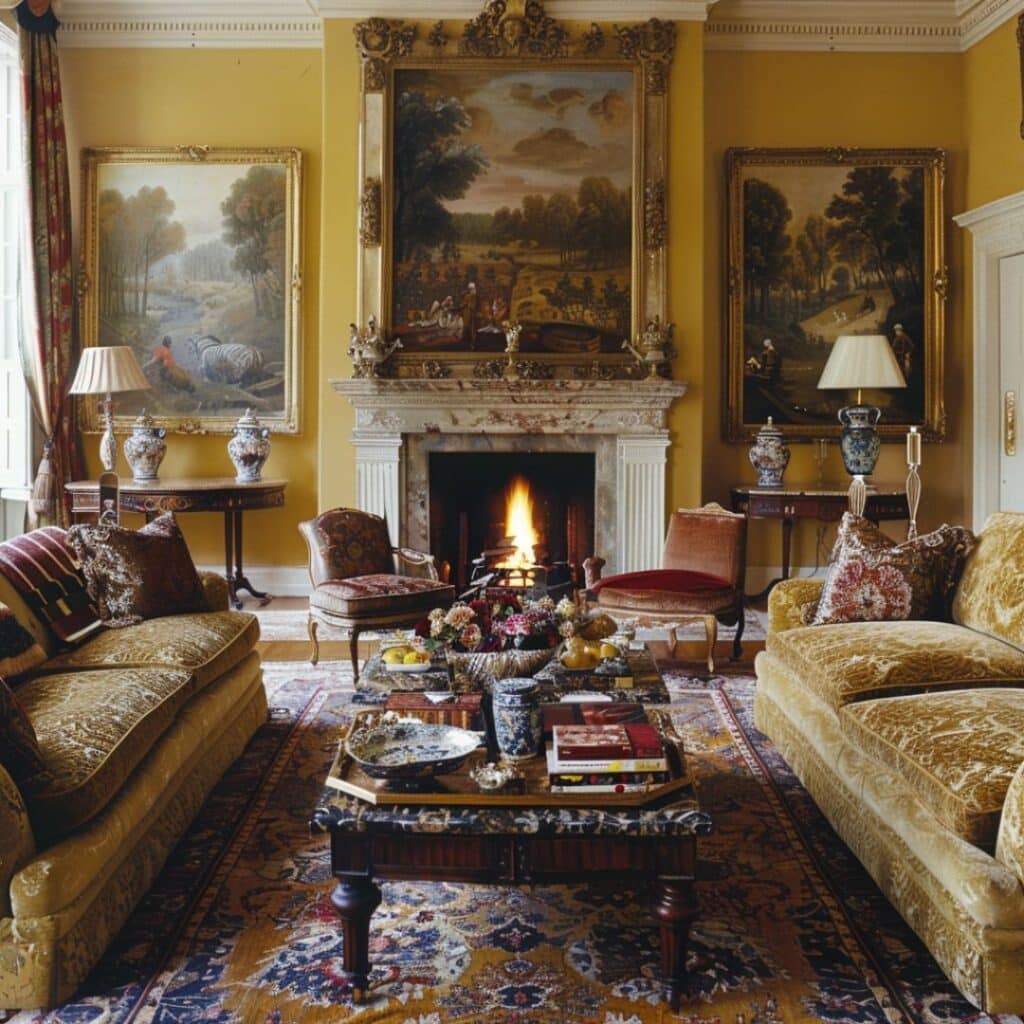
#7. Traditional Living Room Interior Idea
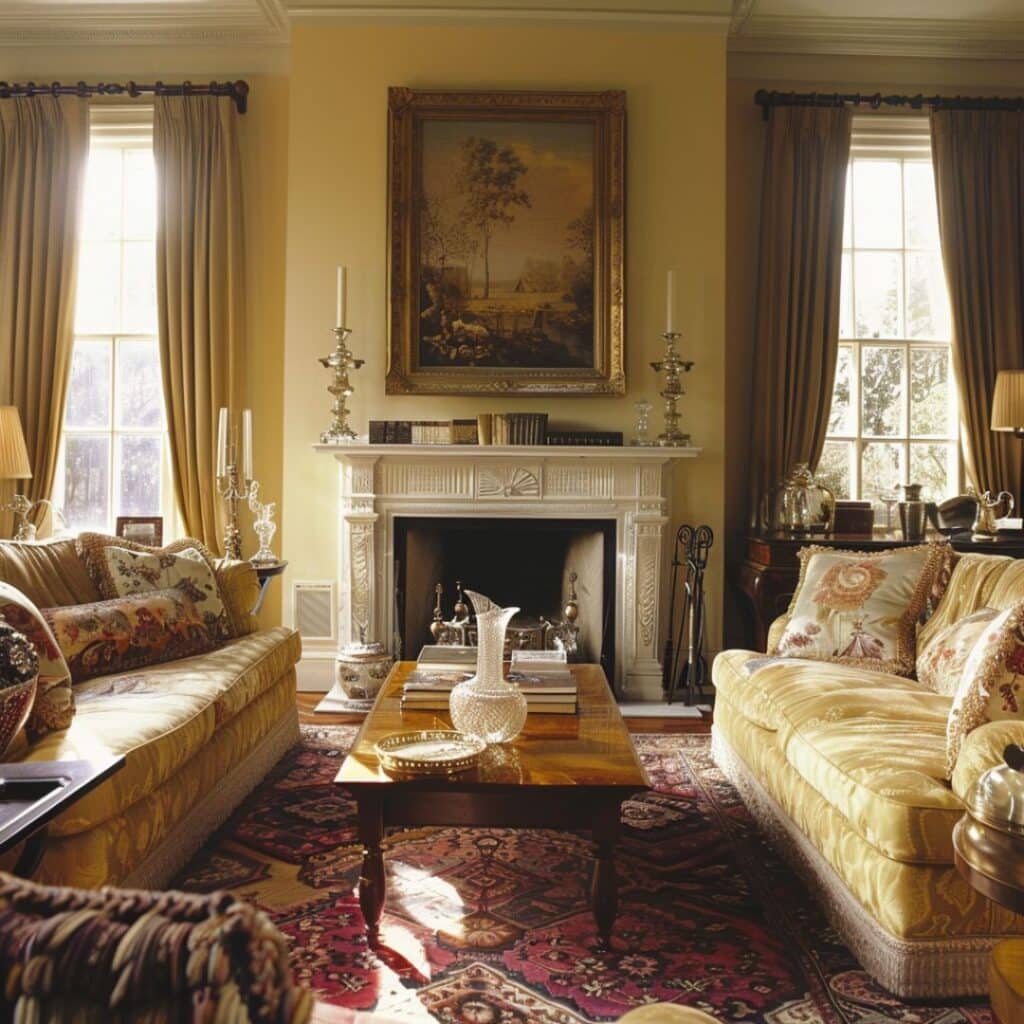
#8. Traditional Kitchen Interior Idea

#9. Traditional Home Office

#10. Traditional Home Office Shelf
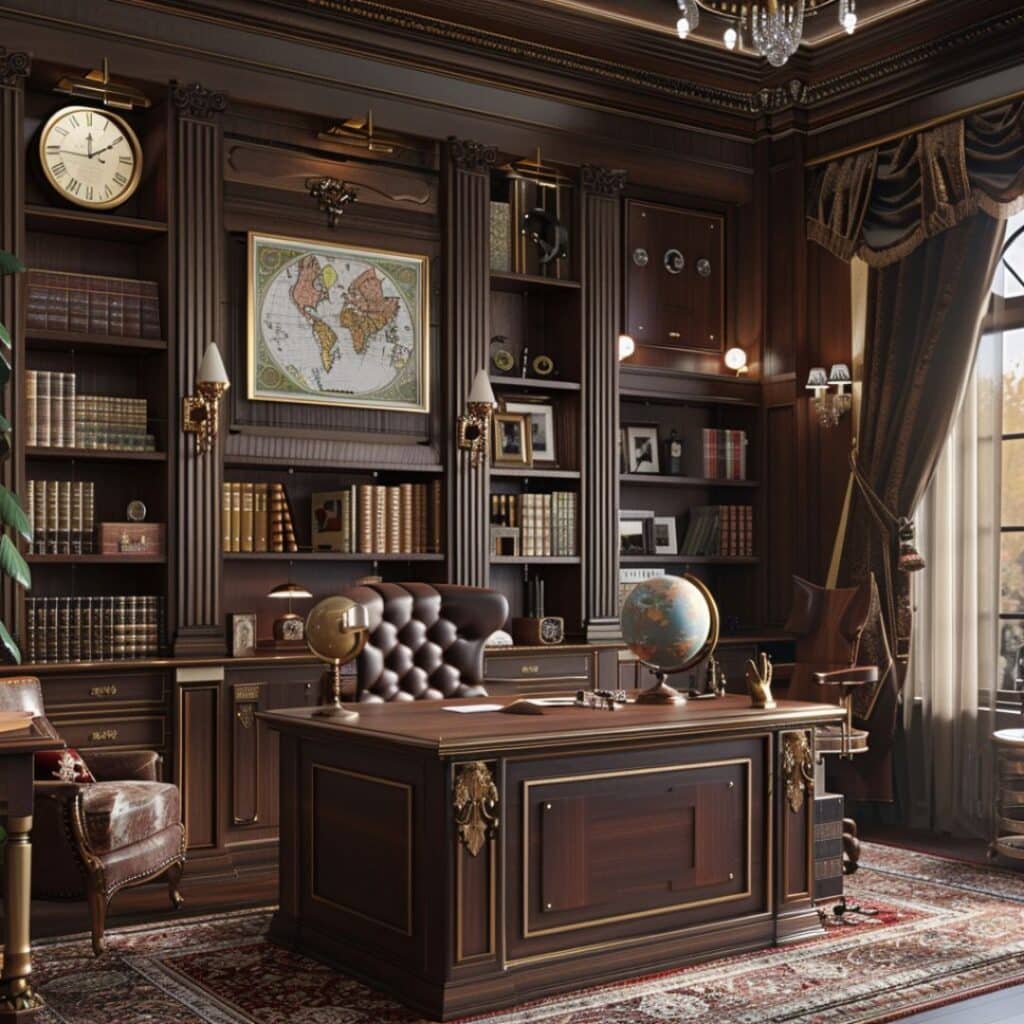
#11. Traditional Home Office Desk

#12. Traditional Home Office Chandelier

#13. Traditional Home Office Chairs
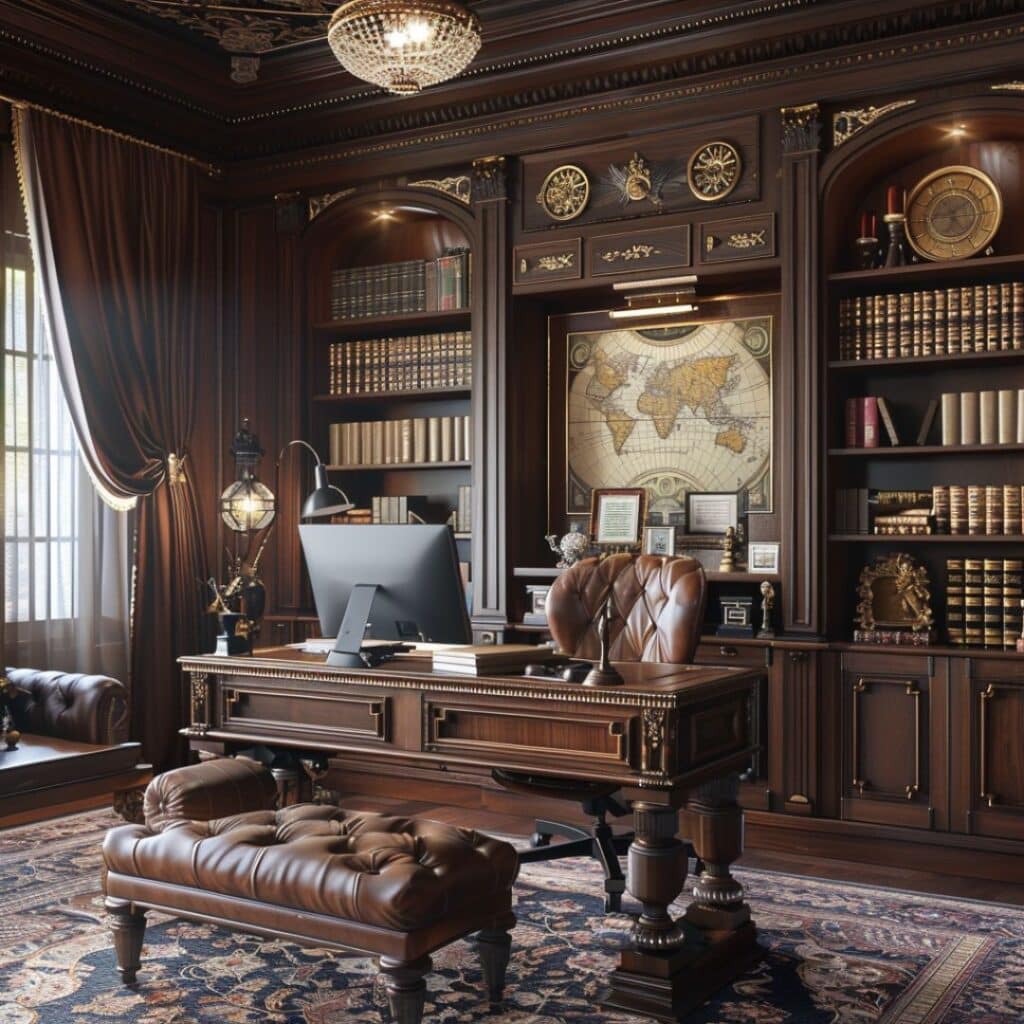
#14. Traditional Home Office Carpet
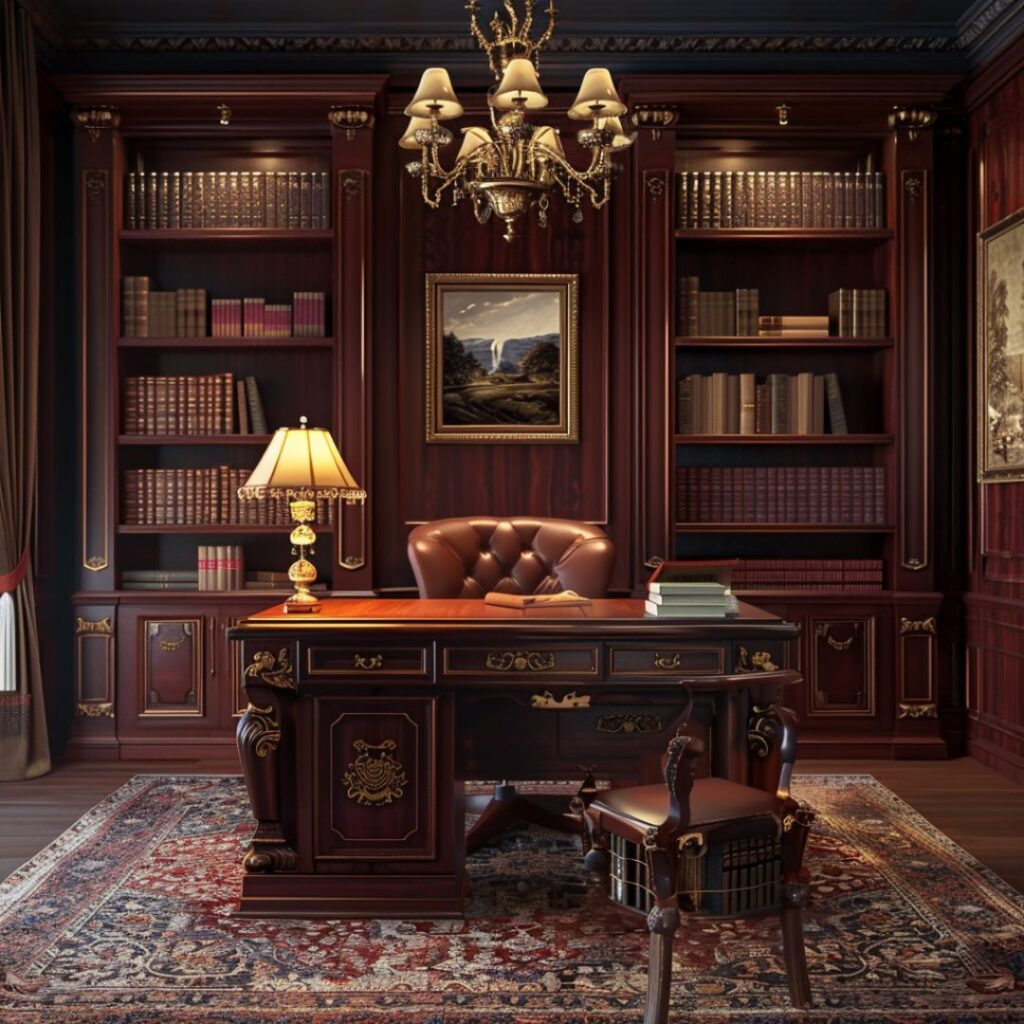
#15. Traditional Home Office Bookcase
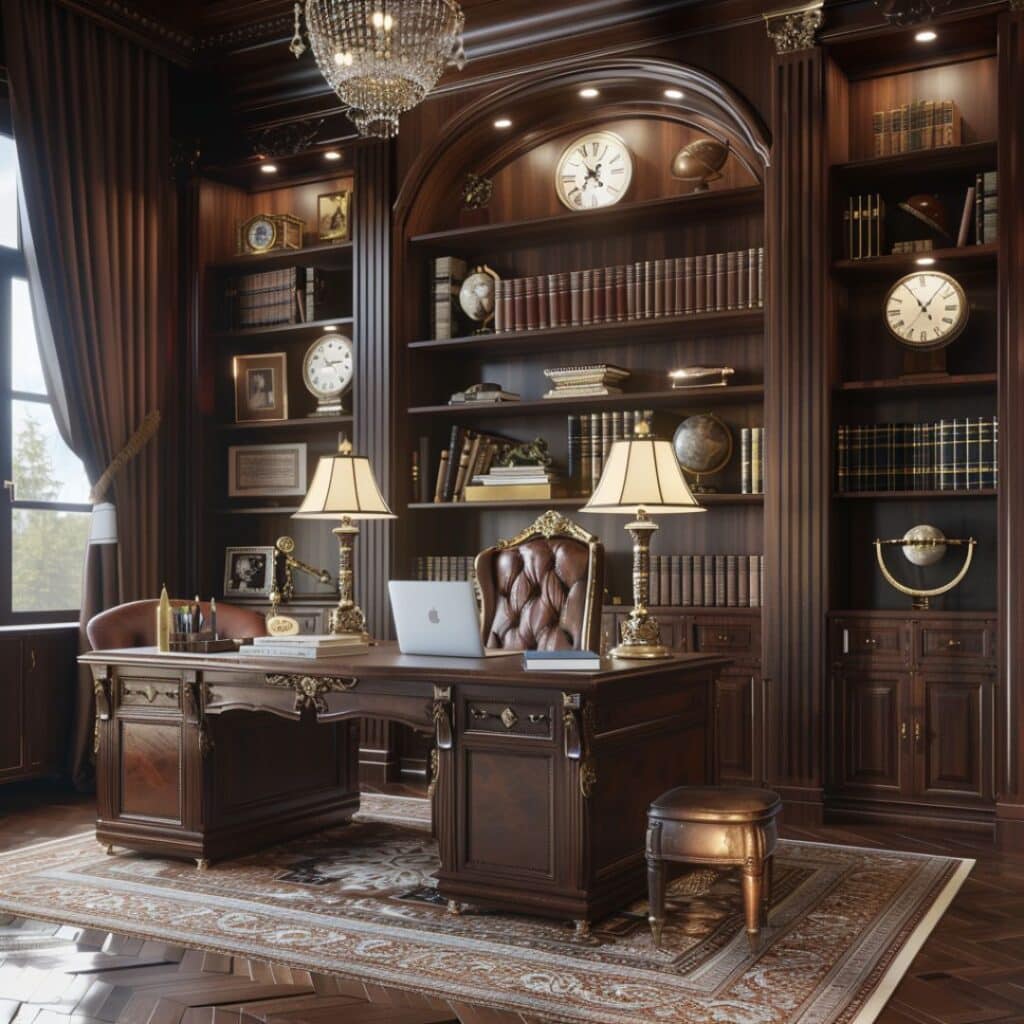
#16. Traditional Bedroom Interior Idea

#17. Traditional Bedroom Interior Design
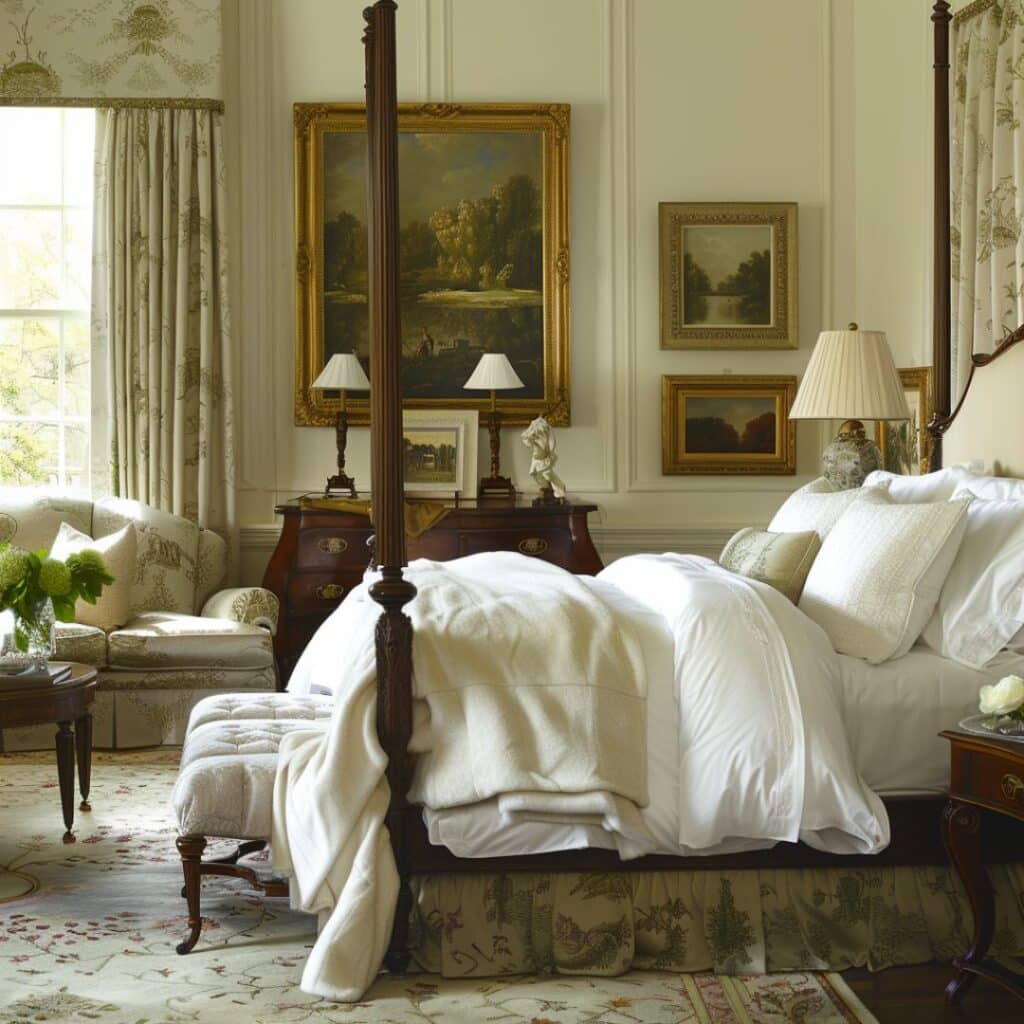
#18. Traditional Bathroom Interior Idea
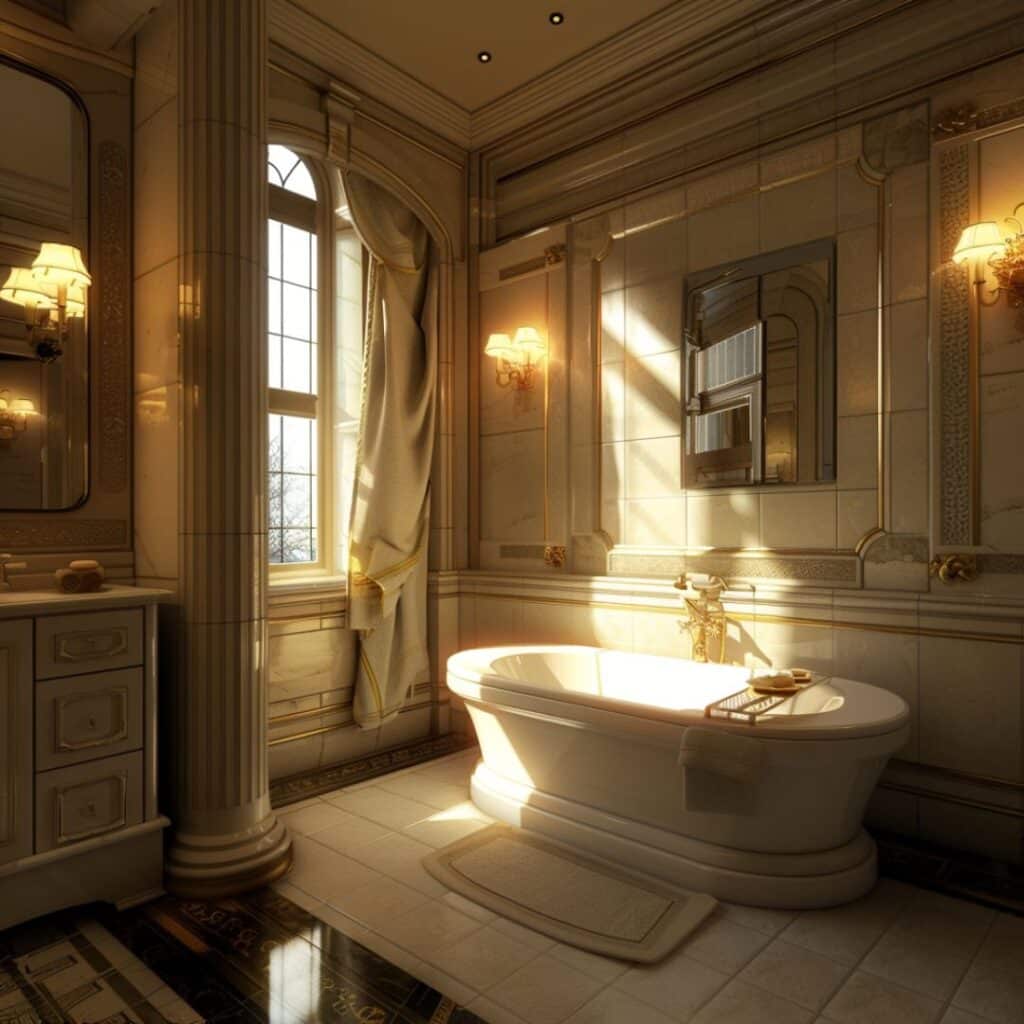
#19. Traditional Bathroom Interior Design
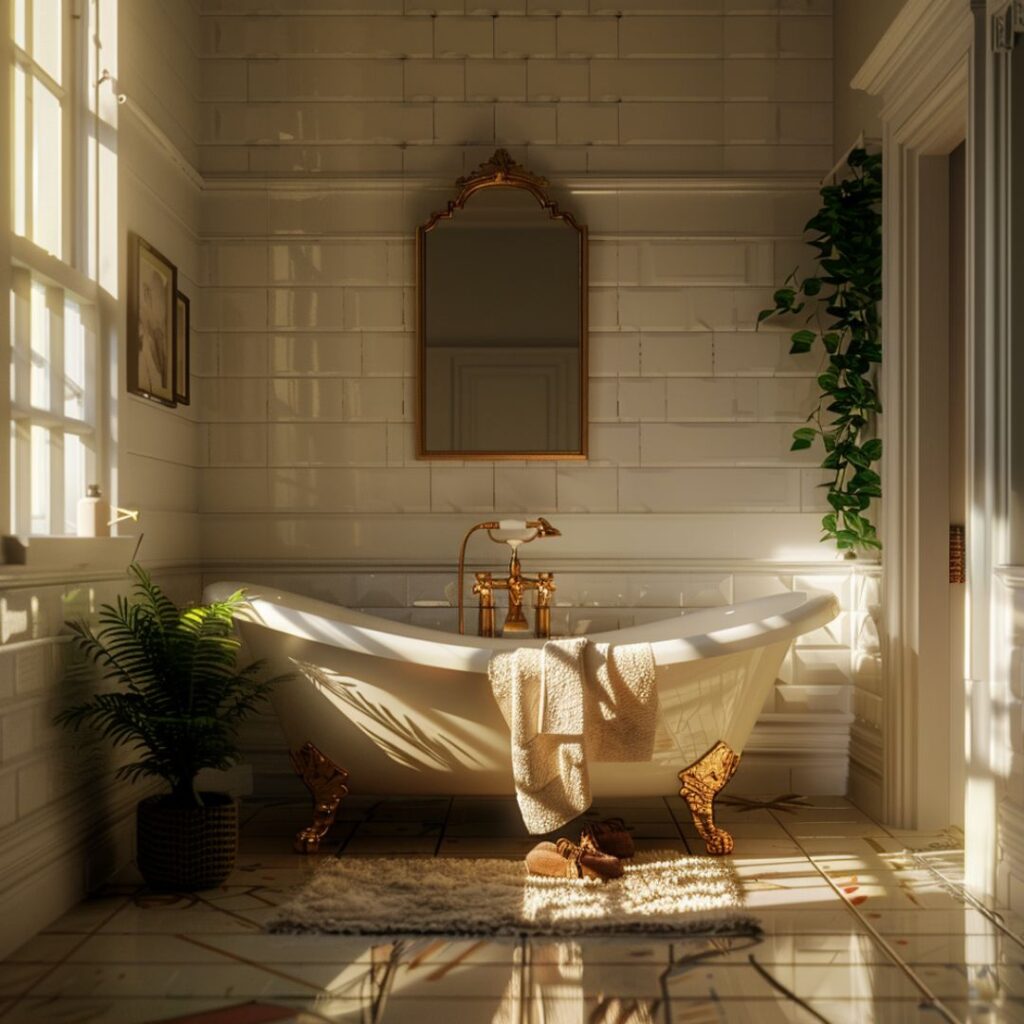
Defining Traditional Interior Design
Traditional interior design, a cornerstone of timeless elegance, encapsulates the richness of 18th and 19th-century European decor. It blends sophistication with an inviting atmosphere, offering a distinct contrast to the natural, organic aesthetic of Rustic interior design.
Key Characteristics
Traditional interiors exhibit rich wood furnishings, often with intricate carvings. Fabric choices include velvet, silk, and damask. Color schemes favor deep, rich tones, alongside neutral shades. Combinations create depth and a sense of comfort.
Other elements include detailed molding, wainscoting, and luxurious drapery. Chandeliers and sconces add refined lighting. Furniture arrangements focus on symmetry, fostering balance and harmony in each room.
Historical Influences
Historical influences in traditional design draw heavily from European aristocracy. English, French, and Italian styles significantly impact the aesthetic. Georgian and Victorian eras, in particular, offer a wealth of inspiration.
English interiors often feature dark woods like mahogany and walnut. French elements introduce ornate detailing and opulent fabrics. Italian designs contribute grandiose touches, such as elaborate ceilings and artful wall treatments. These influences shape a cohesive, elegant interior.
Core Elements of Traditional Interior Design
Traditional interior design embraces classic elegance and intuitive symmetry. You’ll find key components in furniture styles and fabric choices.
Furniture Styles
Expect rich wood furnishings with ornate details. Look for pieces like wingback chairs, clawfoot tables, and curvilinear sofas. Antique, heirloom, and reproduction furniture enhances authenticity.
Color Schemes and Fabrics
Opt for a warm color palette with deep reds, greens, and browns. Favor luxurious fabrics such as velvet, silk, and damask. Patterns like florals, paisleys, and damasks add visual interest. Choose heavy drapes, upholstered furnishings, and area rugs to reinforce traditional aesthetics.
How to Incorporate Traditional Design in Modern Homes
Blending traditional design with modern elements can create a home with classic charm and contemporary comfort. Use the following tips to seamlessly integrate the two styles, creating a beautiful fusion of traditional and modern interior design.
Blending Styles
Combine antique furniture with sleek, modern pieces. Avoid clutter by selecting a few standout items like a vintage chandelier or an ornate mirror. Use a neutral color palette, then add accents in deeper hues such as burgundy or forest green to reflect traditional elements. Mix textures, incorporating rich fabrics like velvet curtains with streamlined, minimalist decor.
Room-by-Room Guide
Living Room: Place a traditional sofa with elegant lines opposite a modern coffee table. Include built-in bookshelves with crown molding for an old-world feel.
Dining Room: Opt for a classic wooden dining table paired with contemporary chairs. Hang a crystal chandelier above to add sophistication.
Bedroom: Use a tufted headboard alongside modern nightstands. Layer bedding with traditional patterns like damask or toile.
Kitchen: Combine shaker-style cabinets with stainless steel appliances. Use brass or copper hardware to add warmth and keep the space grounded in tradition.
Focus on the balance between old and new to create a harmonious blend of both styles in a modern home.
Benefits of Traditional Interior Design
Traditional interior design offers numerous advantages, blending classical elements with sophisticated aesthetics. It’s known for its timeless appeal and its ability to create an inviting, elegant ambiance.
Timelessness
Traditional interiors stand the test of time, avoiding fleeting trends. This style features enduring elements like rich wood furnishings, intricate moldings, and classic color palettes. You won’t have to worry about redecorating to stay fashionable.
Comfort and Elegance
You can achieve a warm and inviting atmosphere with traditional designs. Plush fabrics like velvet and damask, along with well-crafted furniture, add a sense of comfort. Elegant details such as chandeliers and sconces elevate the space, providing refined lighting. These elements together create a living space that is both luxurious and welcoming.

